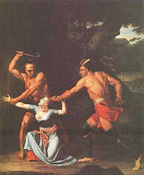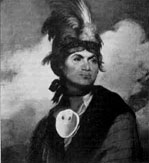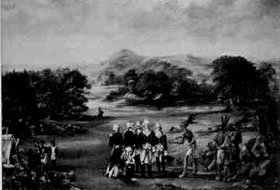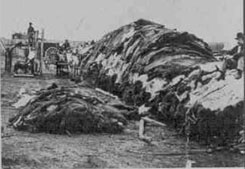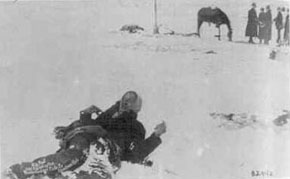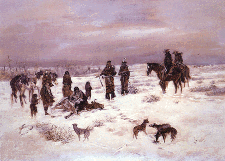|

Even the portrayal of Native American art in textbooks can prove problematic. The next page of this particular essay shows Benjamin West’s famous portrait of Paul Revere. ***get that page?*** But, unlike Short Bull’s drawing, West’s painting is dated. Additionally, the authors tell us the year the artist was born and the year he died. Why was this information not included for Short Bull? The simplest answer would be that the author did not know that information. In the past, many American Indians didn’t know the year of their birth or their exact ages. A quick search of the Internet, however, revealed that we have all of that information on Short Bull. His life is surprisingly well documented. He was born ***bio***. He drew “The Sun Dance” in 19??. So why is that information not in the textbook? Moreover, why does Short Bull’s drawing come first? The rest of the essay is organized chronologically, but “The Sun Dance” is out of sequence. Subtly, this sends the message that Indians came first…and American History followed. It removes Native people from the mainstream of history and relegates them to a timeless past. Short Bull’s drawing, however, is very much a part of American History…and of a comparatively recent era. It is also a very political document. Short Bull was a Sun Dancer during a period in which the Sun Dance was an illegal ceremony on Lakota reservations. This made him a rebel—a critic of the American government. His drawing serves as a protest against federal Indian policy and also preserves the details of the forbidden Sun Dance. But we find no mention of the context behind Short Bull’s drawing in this textbook. It is just a cool Native American image for readers to flip past on their way to the “real” American history and art. When American Indians appear in the main text of American history textbooks, it is usually only in particular and stereotypical ways.
Continue with this Online Essay
|
| |
Department
of Anthropology |
copyright © 2002
University of Illinois, All rights reserved. |

